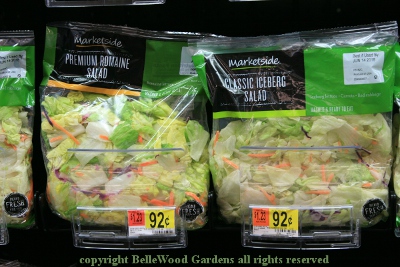
.
If you have any comments, observations, or questions about what you read here, remember you can always Contact Me
All content included on this site such as text, graphics and images is protected by U.S and international copyright law.
The compilation of all content on this site is the exclusive property of the site copyright holder.
Thursday, 21 June 2018
What's a salad? A dish of raw leafy green vegetables - lettuce, baby spinach, micro greens, often tossed with pieces of other raw - cucumber, tomato, sweet red pepper, mushrooms - or cooked vegetables (asparagus), fruit, cheese, or other ingredients and served with a dressing. Also, potato salad, tuna salad, egg salad, and we've arrived at a cold dish of chopped vegetables, fruit, meat, fish, eggs, or other food, usually prepared with a dressing, such as mayonnaise.

No question about it. Salads are popular. Just look
at the array of bagged salads at the grocery store.
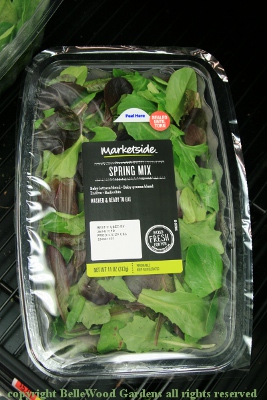 .
. 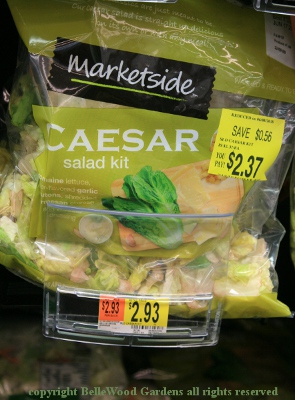
Tear open the package, dump in bowl, add dressing. Sit down to a meal
feeling virtuous about eating your daily veggies. But is this all there is?
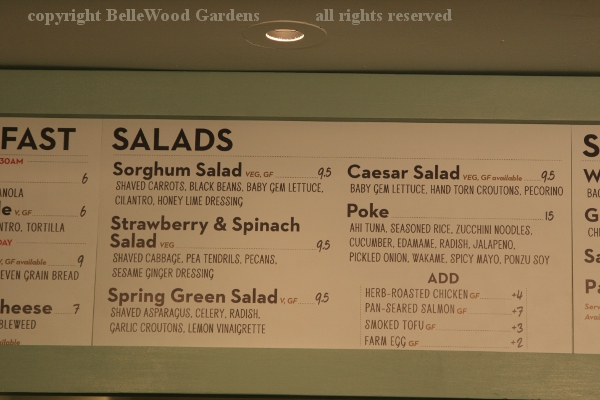
A list of salad offerings at the small cafe at Wave Hill, a public garden in the Bronx.
I think we're becoming more . . . more something. Developing more sophisticated tastes, inquisitive about new cuisines, curious about different flavors and combinations. Ready to try something new. Reading about food. Willing to put more effort into it than tearing open a prepackaged bag of lettuce.
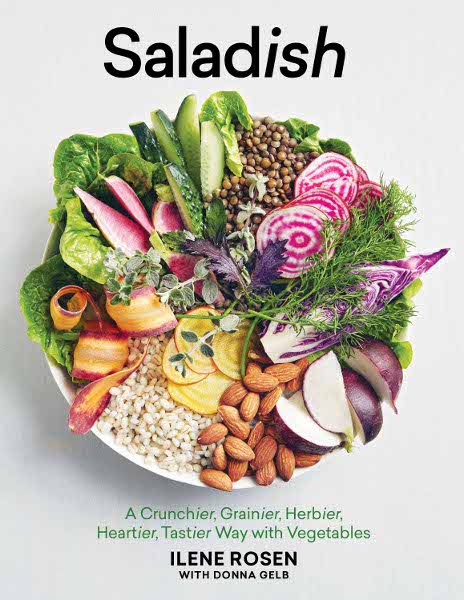
This is where Saladish, by Ilene Rosen with Donna Gelb, fits in.
What's with the "ish"? It means definitely having the characteristics of a salad,
like a salad but absolutely more interesting than bag of pre-chopped lettuce -
tastier, crunchier, perhaps with grains and more. Seasonal variations too.
To begin - how to Saladish? Their simple suggestions are
Always - 1. Start with the best ingredients. Then
you 2. Play with contrasting textures and flavors.
3. Taste throughout to balance the seasoning.
Plan to create and 4. Add an element of surprise.
If needed, kick it up. 5. And if it needs a little something
extra, remember diced red onion is the secret fix.
So how do we move on from salad to saladish? Ilene makes it simple. Whether a basic leafy salad or a more complex assemblage, she begins with the suggestion that you must start with the best ingredients, then mix and match with contrasting textures and flavors.
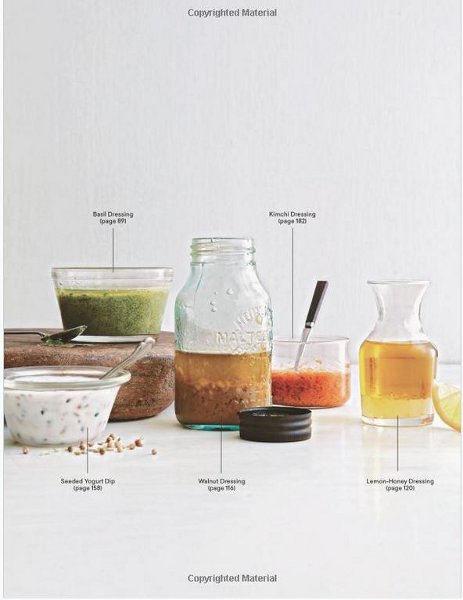
Experiment with dressings. Recipes of course provided, ingredients both purchased and created (pickled mustard seed for example), then combined. Suggestions for stocking your pantry - different vinegars and oils, chile sauces and condiments, grains and beans. There's a multi-page list of options but I suggest you begin slowly - it is easy to fill the cupboard with items used a few times then not again.
I appreciate the seasonal arrangement of the recipes. It is helpful to know what fresh ingredients I might expect to find in the markets. Winter strawberries with more frequent flyer miles than I have, winter tomatoes that are more a tomato shaped vegetable product than those satin skinned, filled with juice that runs down your chin in summer.
There are springtime saladish recipes for baby carrots, a couple with pea greens or snap peas, tender baby greens. A recipe for carrot-daikon pickle to use in a specific recipe, then find your own use - it keeps for 2 weeks in the refrigerator. Several recipes include tofu but this is not a vegetarian cookbook. Smoked trout and pumpernickel bread salad is an interesting sounding riff on a Sunday sandwich of my childhood in New York city.
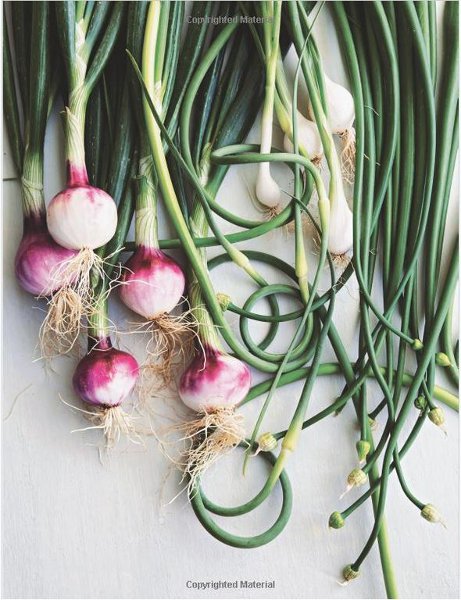
Spring also brings new onions, garlic scapes, and more
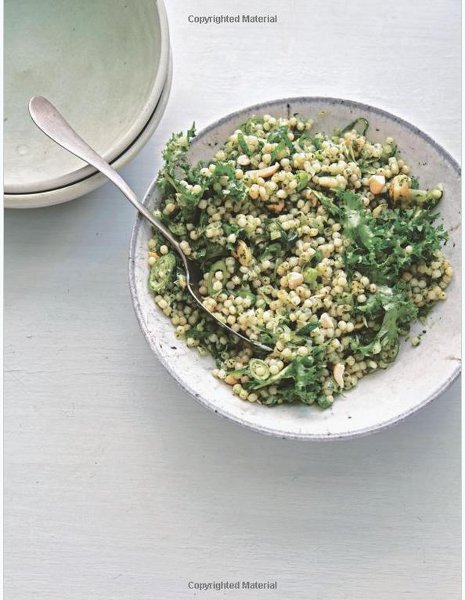
used for a couscous salad dressed with a watercress vinaigrette.
But today being the official first day of summer let's see what's on offer for this season. Tomatoes, of course. An interesting choose-your-style with tiny tomatoes - cherry, grape, and pear - with a page of options set up as a grid: mix and match column for sweet and nutty, at the taverna, vivid and surprising, or (almost) BLT style.
It is clear that while Saladish will start you off, the expectation is that you will continue on your own.
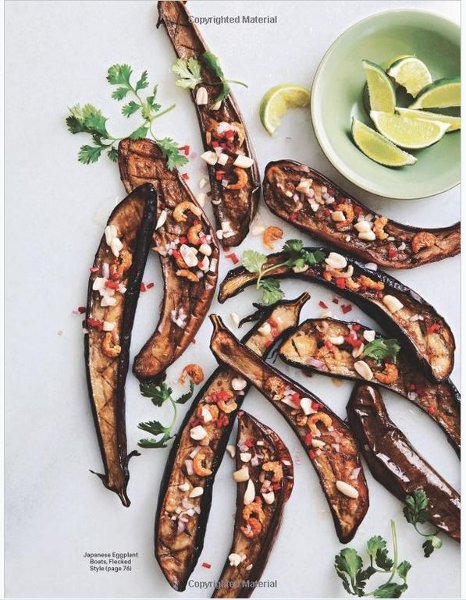
There is a similar format for Japanese eggplant boats.
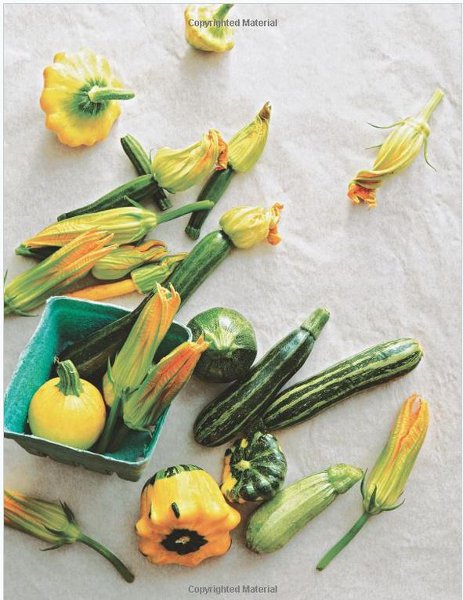
Zucchini ribbons with squash blossoms is more straightforward.
Recipes for corn cut off the cob, cucumber, green beans. Most recipes are intended to serve four to six people. There are also a few recipes for a party. And yesterday I was going to an evening potluck soirée. Paging through Saladish I found a recipe for
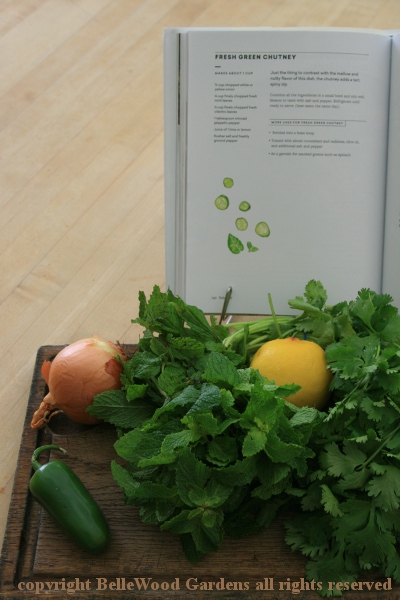
fresh green chutney. Simple, 5 ingredients - yellow onion,
mint, cilantro, jalapeño pepper, and lemon juice.
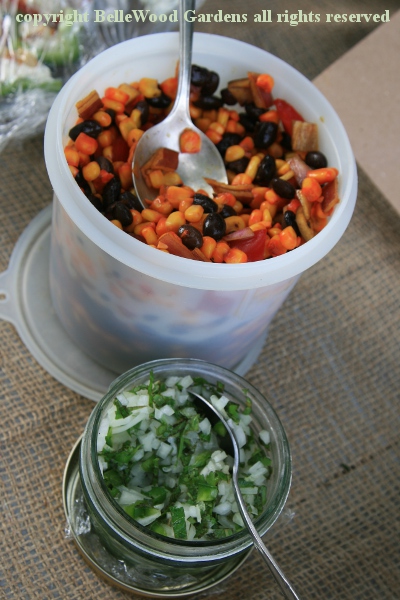
I brought it to the event, letting people use it to embellish corn and black bean salad that I had also prepared. Very well received at our alfresco meal at the Colonial Park rose garden.
Recipes for autumn dives into cauliflower, sweet potatoes, fennel, mushrooms, Brussels sprouts, winter squashes with their hard rinds. Winter with cabbages and kale, "grown up" carrots, and more. Those recipes will have to wait. I need to work my way through more of the summer options.
Published by Artisan, A division of Workman Publishing Co., Inc. New York, NY, 2018
ISBN 9781579656959, hardback with dust cover, $24.95
A review copy of this book was provided by the publisher.
Back to Top
Back to Book Reviews 2018
Back to June 2018
Back to the main Diary Page